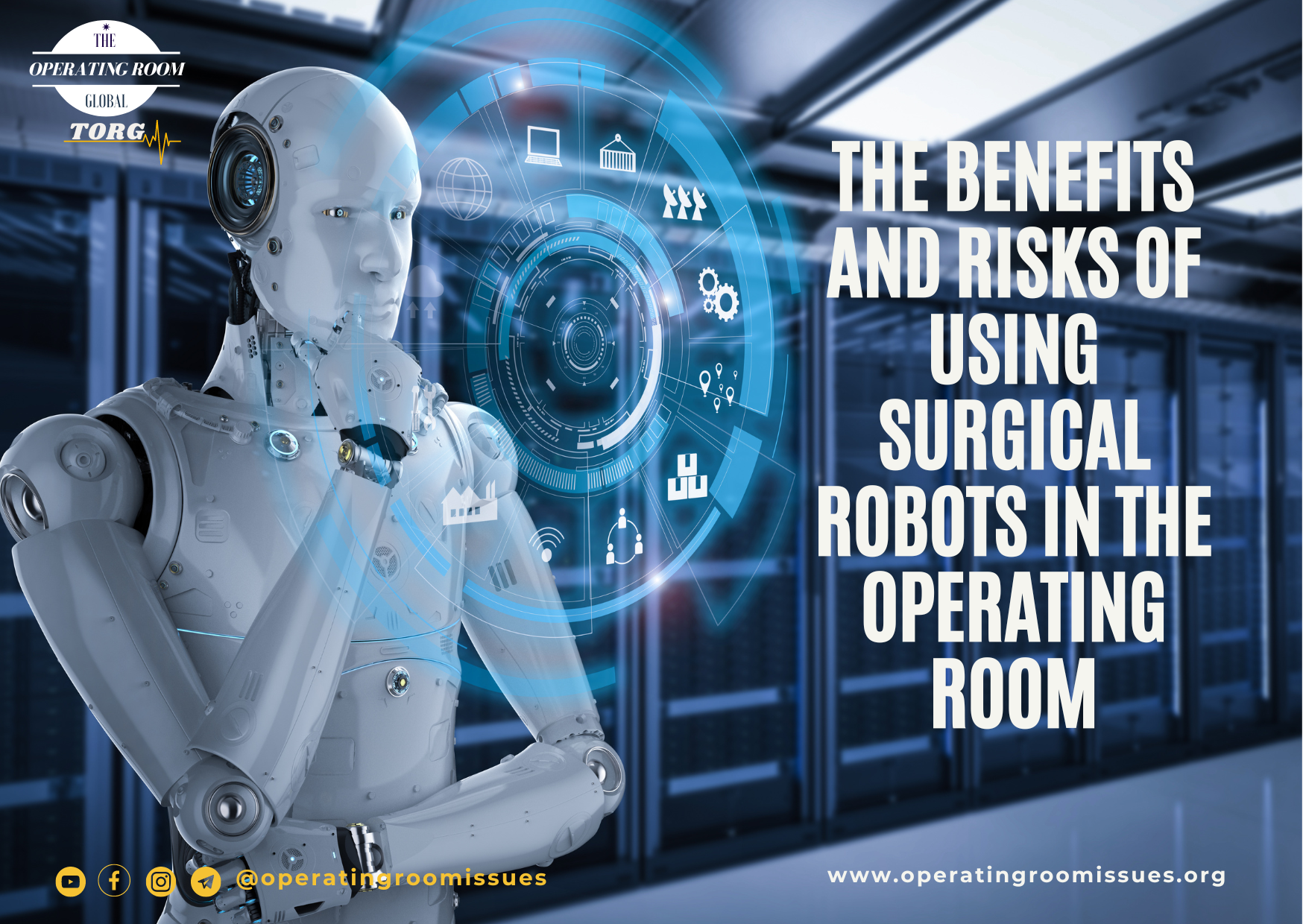By Adebusola Owokole (TORG Founder/President)
Surgical robots are an increasingly popular tool in the operating room, designed to help surgeons perform complex procedures with greater precision and control. While surgical robots have many benefits, they also come with some risks. In this blog post, we will discuss the benefits and risks of using surgical robots in the operating room.
Benefits of Using Surgical Robots:
Greater Precision: Surgical robots allow for greater precision during surgery, which can lead to better outcomes. The robotic arms can make smaller, more precise movements than a human hand, and can be programmed to move in ways that are difficult for a human hand to achieve.
Enhanced Visualization: Surgical robots provide surgeons with enhanced visualization of the surgical site, allowing them to see a magnified, 3D view of the area being operated on. This can help surgeons identify and avoid important structures such as nerves and blood vessels.
Reduced Blood Loss: Surgical robots can reduce blood loss during surgery, which can be especially important during complex procedures that involve a lot of tissue manipulation.
Faster Recovery: Because surgical robots allow for smaller incisions and less tissue damage, patients may experience less pain and faster recovery times than with traditional surgery.
Risks of Using Surgical Robots:
Technical Malfunctions: As with any technology, there is a risk of technical malfunctions during surgery. If the surgical robot malfunctions during a procedure, the surgeon may need to switch to traditional surgical methods.
Surgeon Training: Surgical robots require specialized training to operate. If a surgeon is not properly trained in the use of the surgical robot, it can lead to complications or errors during the surgery.
Cost: Surgical robots are expensive to purchase and maintain, which can make them prohibitively expensive for some hospitals and healthcare systems.
Limited Sensory Feedback: Because surgical robots do not provide the same level of sensory feedback as human hands, surgeons may need to rely on visual cues more heavily, which could lead to errors or complications.
Conclusion:
Surgical robots have many potential benefits in the operating room, including greater precision, enhanced visualization, reduced blood loss, and faster recovery times. However, they also come with some risks, including technical malfunctions, surgeon training requirements, cost, and limited sensory feedback. It is essential for surgeons and healthcare systems to carefully consider the potential benefits and risks of using surgical robots before incorporating them into surgical practice. Ultimately, the decision to use surgical robots should be based on the specific needs of each patient and the expertise of the surgical team.

